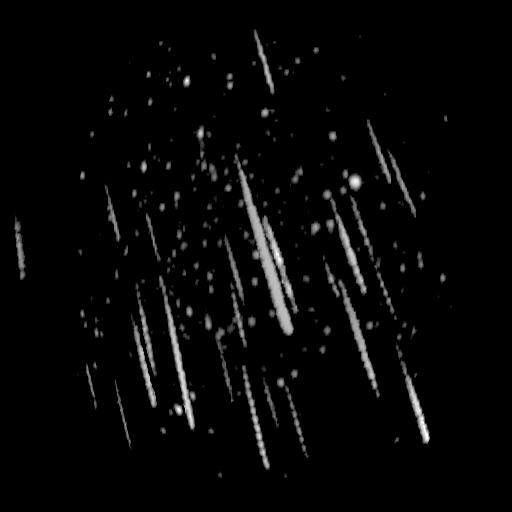
The Perseids are a prolific meteor shower associated with the comet Swift-Tuttle. The Perseids are so called because the point they appear to come from, called the radiant, lies in the constellation Perseus.
Meteor showers occur when Earth moves through a meteor stream. The stream in this case is called the Perseid cloud and it stretches along the orbit of the Comet Swift-Tuttle. The cloud consists of particles ejected by the comet as it passed by the Sun.
The Perseid meteor shower has been observed for about 2000 years, with the first known information on this meteor shower coming from the Far East. In early medieval Europe, the Perseids came to be known as the "tears of St. Lawrence."
The Perseid meteor shower has been observed for about 2000 years, with the first known information on this meteor shower coming from the Far East. In early medieval Europe, the Perseids came to be known as the "tears of St. Lawrence."
The shower is visible from mid-July each year, with the greatest activity between August 8 and 14, peaking about August 12. During the peak, the rate of meteors reaches 60 or more per hour. They can be seen all across the sky, but because of the path of Swift-Tuttle's orbit, Perseids are primarily visible in the northern hemisphere.
(Source: Wikipedia)
.
So, if you are fond of astronomy or if you enjoy watching a natural phenomenon or if you just want to wish upon a star, don't hesitate to go out to the countryside or a place out of the city and lie down to observe this amazing show. It's worth it!
.











No comments:
Post a Comment